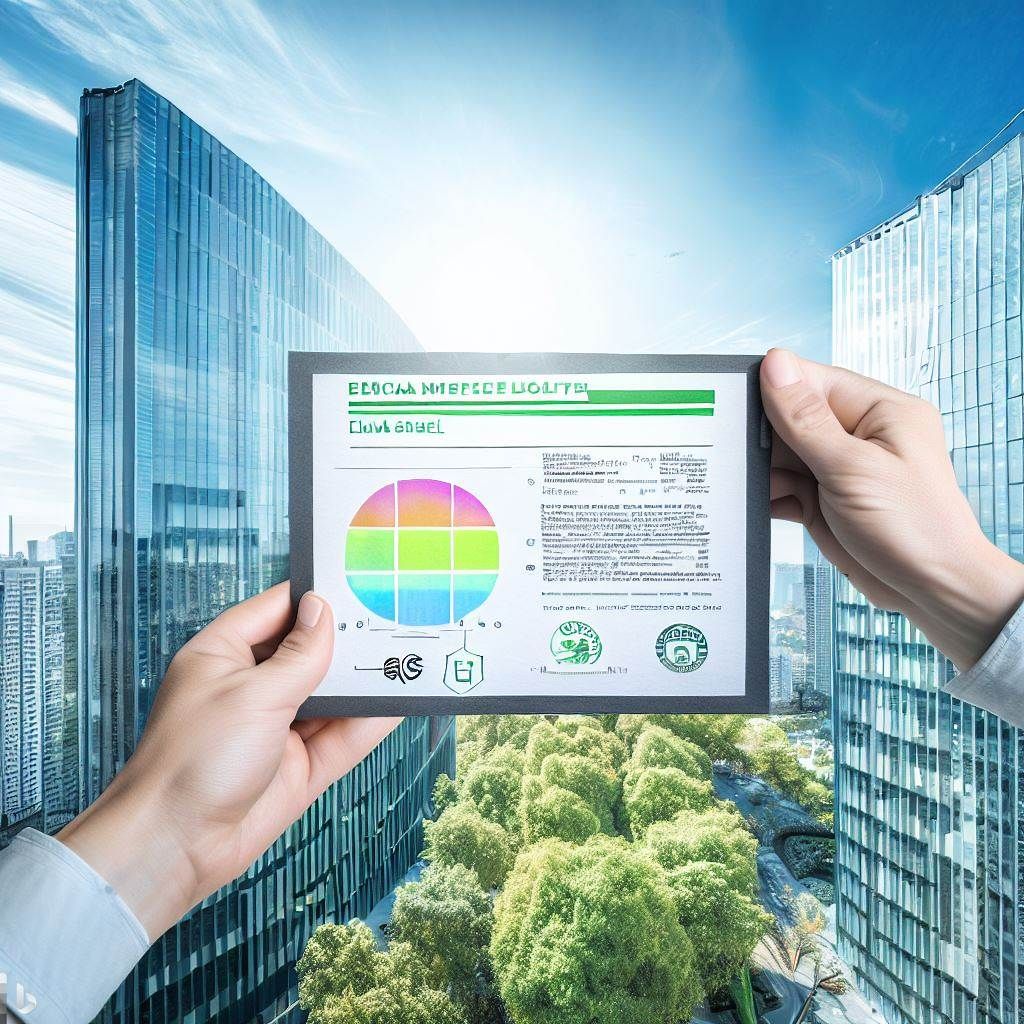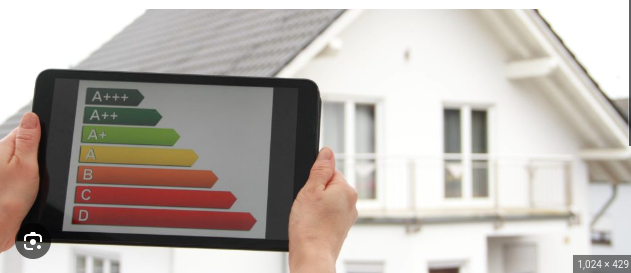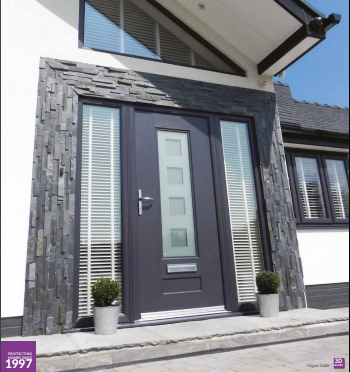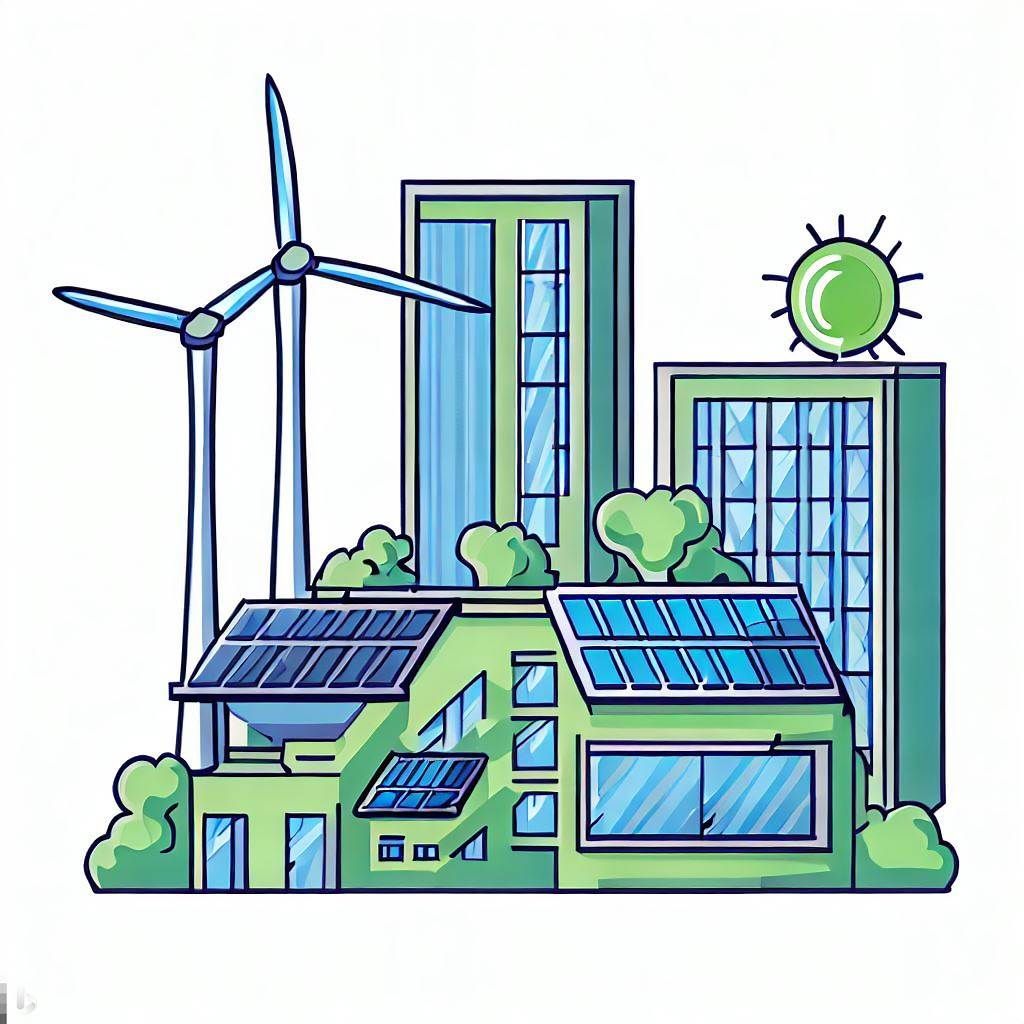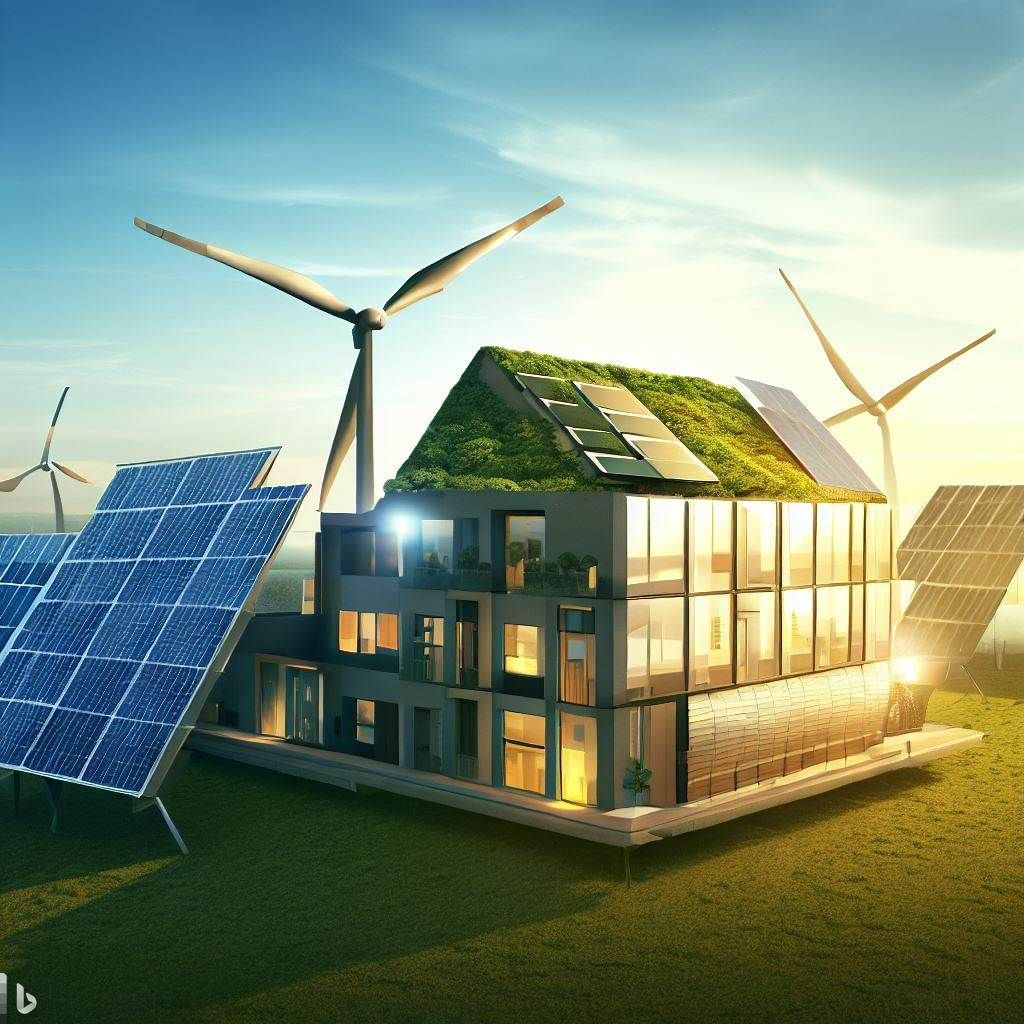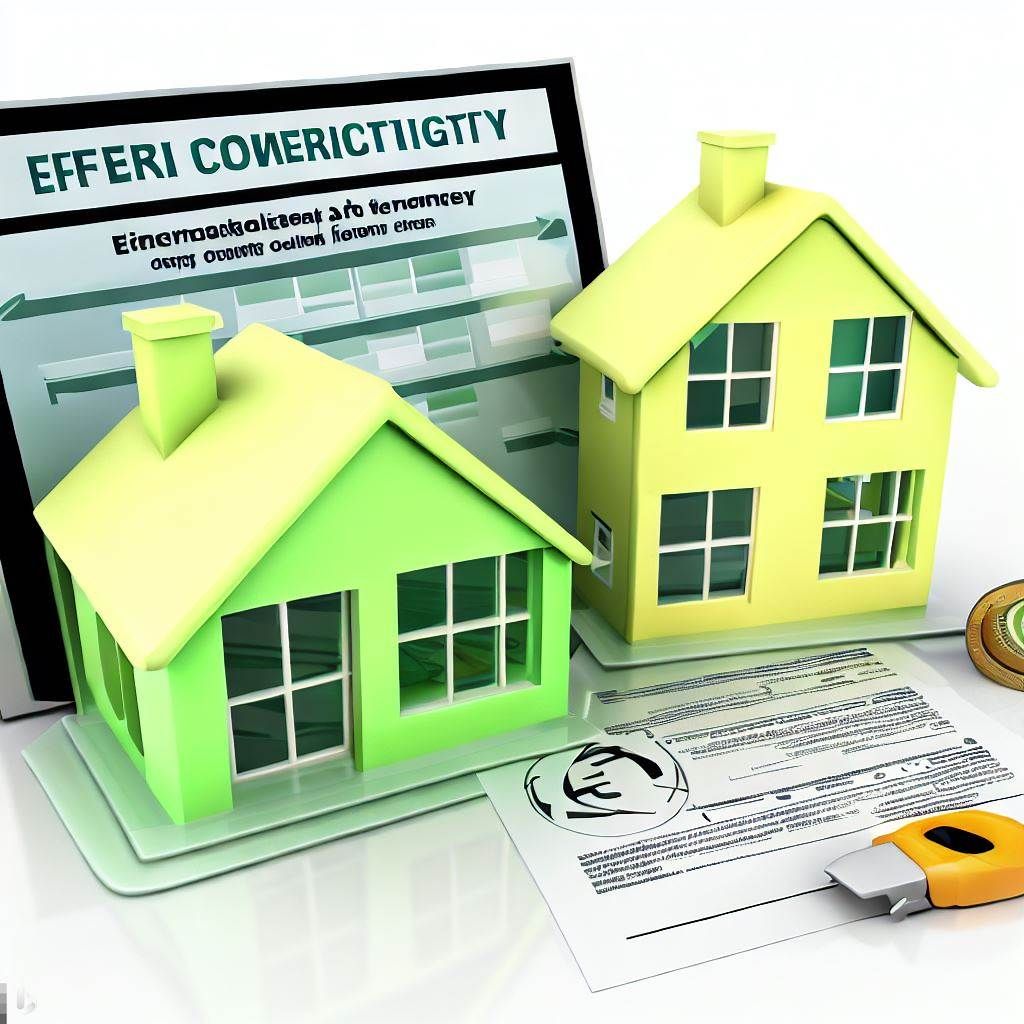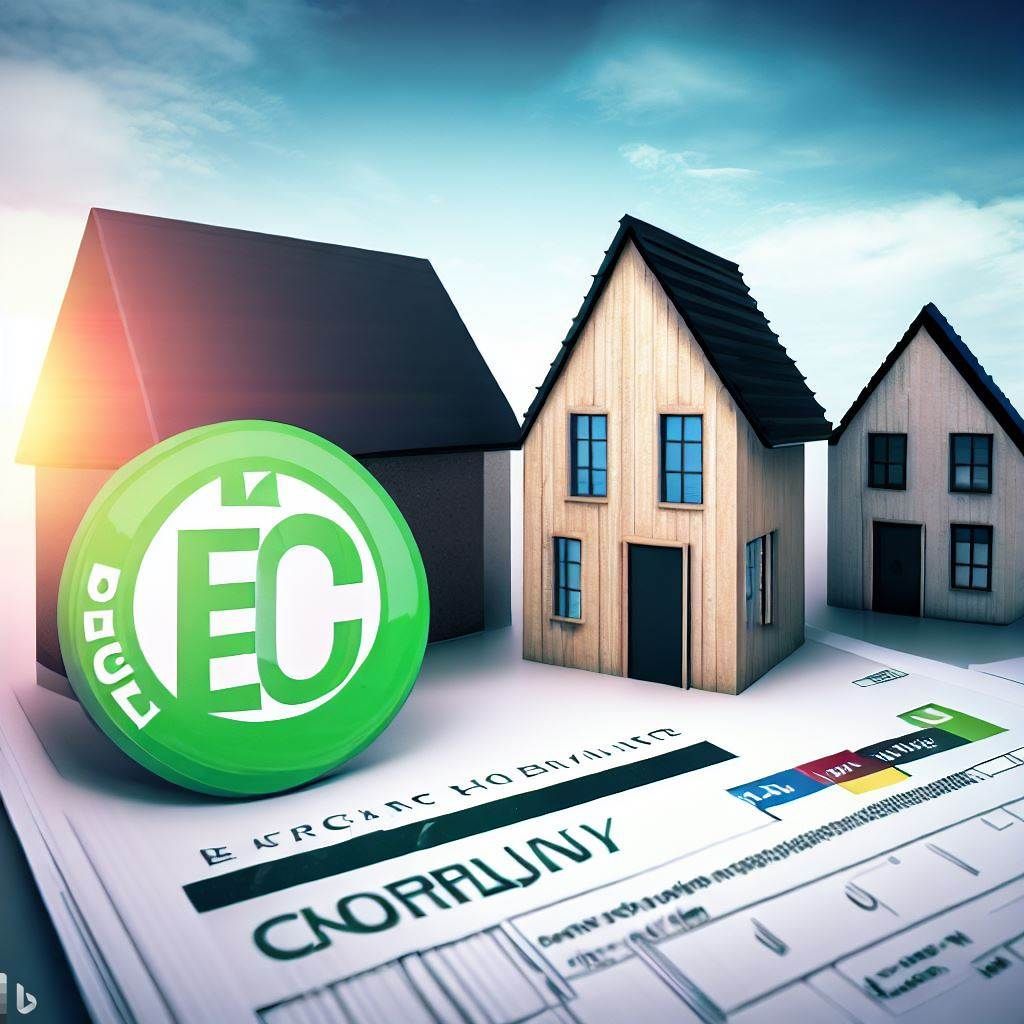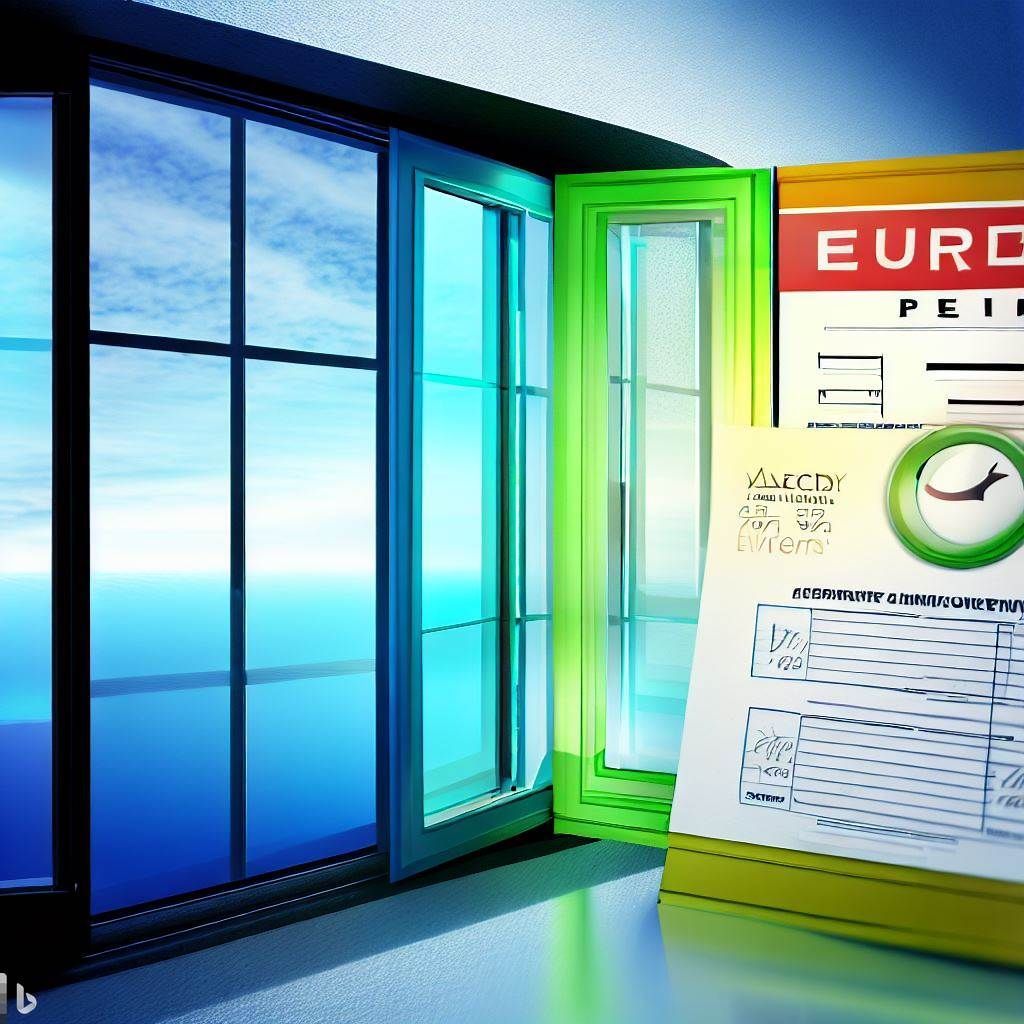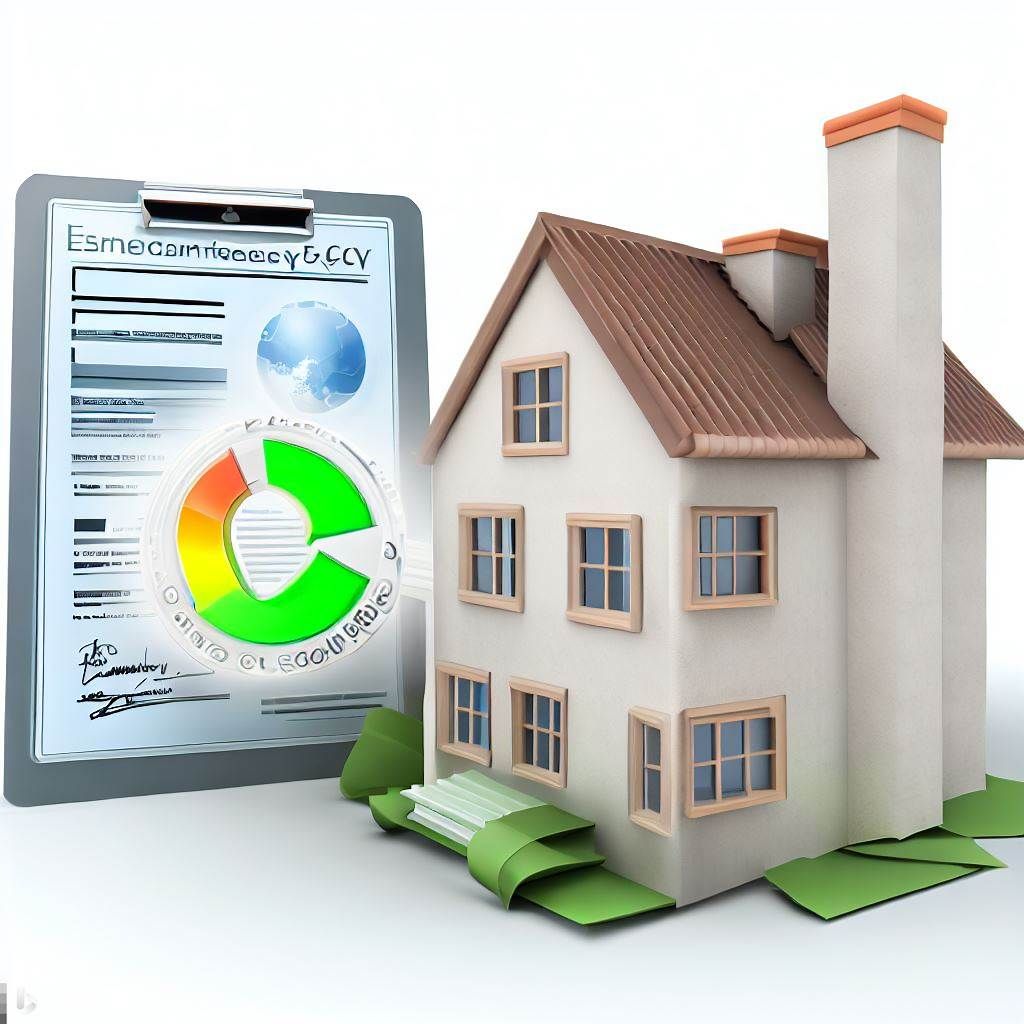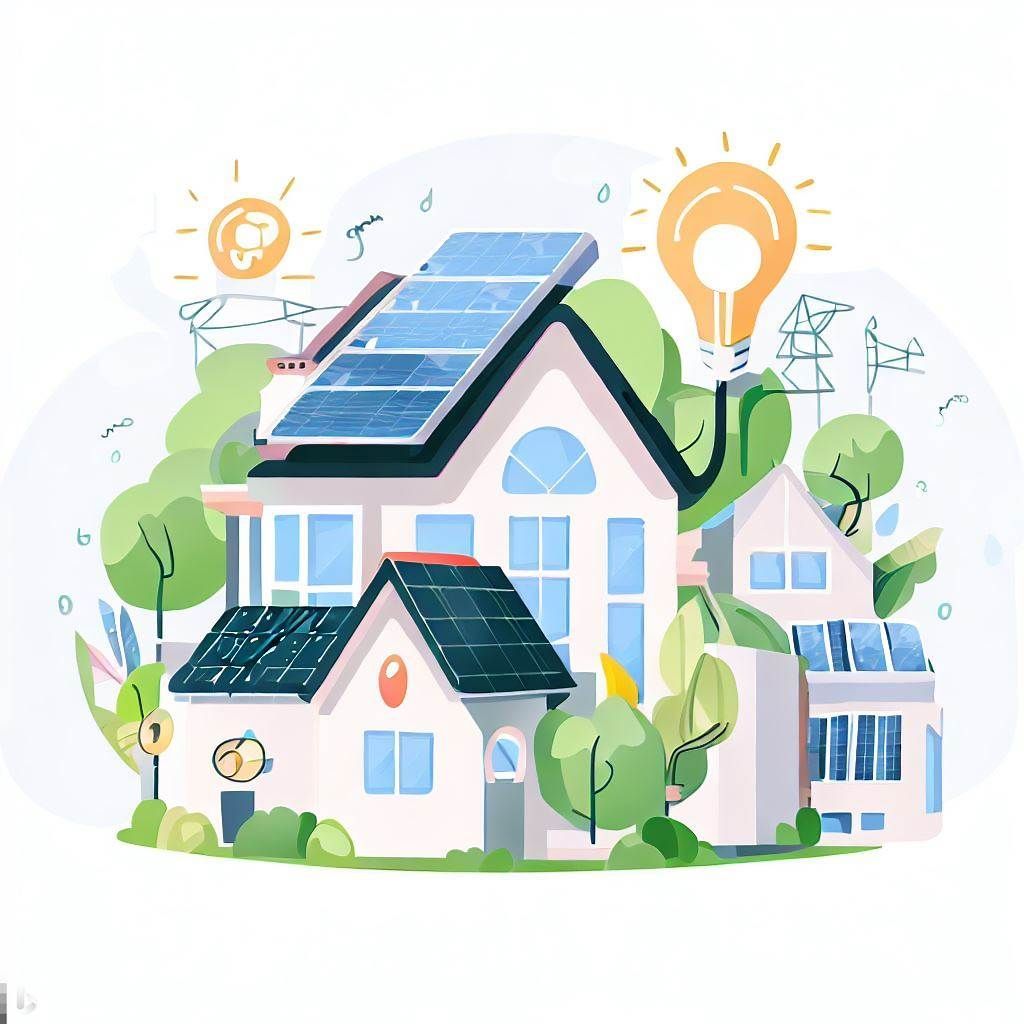Shedding Light on the Downsides: Exploring the Disadvantages of LED Light Strips
My Guide to the Downsides of LED Strip Lights.
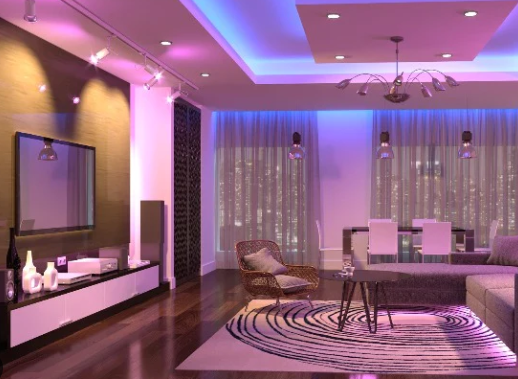
LED light strips have numerous advantages, such as energy efficiency, long lifespan, and flexibility. However, there are a few disadvantages associated with LED light strips:
1.Cost: LED light strips are generally more expensive compared to traditional lighting options. While the prices have been decreasing over the years, LED strips can still be pricier upfront, especially if you require high-quality or specialised strips.
2. Heat Dissipation: LED light strips produce heat, although significantly less than traditional lighting options. However, if not properly managed, excessive heat can affect the performance and lifespan of the LEDs. It's important to use LED strips with appropriate heat sinks or cooling mechanisms to prevent overheating.
3. Limited Brightness Control: LED light strips often have limited options for brightness control. While some strips offer adjustable brightness levels, others may only provide a fixed brightness setting. This lack of flexibility can be a disadvantage if you require precise lighting adjustments.
4. Colour Accuracy: Achieving consistent colour accuracy can be challenging with LED light strips. Lower-quality strips may display colour variations, inconsistencies, or have difficulty reproducing certain colours accurately. It's important to choose high-quality LED strips to minimise colour-related issues.
5. Complexity of Installation: While LED light strips are relatively easy to install for simple applications, more complex installations can be challenging. Cutting, soldering, or connecting multiple strips may require some technical skills and knowledge. Additionally, power supply requirements and wiring can complicate installations.
6. Limited Lifespan of Components: Although LED light strips have long lifespans compared to traditional lighting options, the individual components can wear out or fail over time. This can result in reduced brightness, colour degradation, or complete failure of specific sections of the strip. It's important to choose reputable brands and ensure proper maintenance to maximise the lifespan of LED light strips.
7. Sensitivity to Moisture and Dust: LED light strips are generally not waterproof by default, making them sensitive to moisture and dust. If exposed to humid or dusty environments, the strips may deteriorate or malfunction. Waterproofing measures, such as adding protective coatings or using waterproof enclosures, can help mitigate this issue.
It's worth noting that while LED light strips have these disadvantages, they are still widely used due to their many advantages and the availability of solutions to address these challenges.
